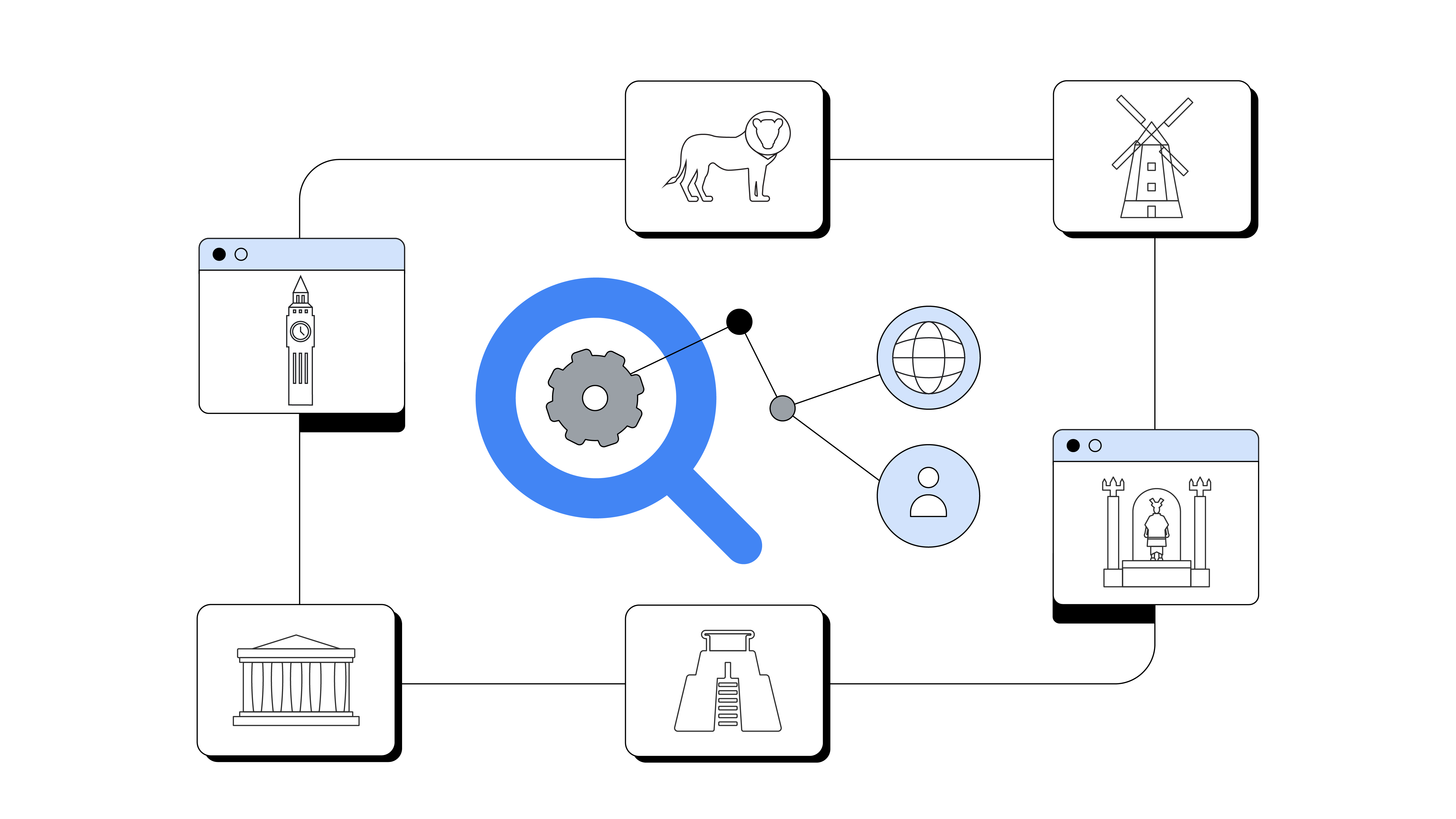The art of storytelling is how luxury brands have remained relevant and have created the special position that they hold on our culture. The huge changes that technology has brought about in recent years have affected not only the way these brands communicate with consumers, but also the way consumers are getting involved in the stories of the brands they love.
Tailored storytelling through data and addressability
Today brands can get messages out to audiences of significant sizes, but also with a level of personalisation that was never possible before. Telling the right story to the right consumer has never been more achievable. Audiences want to be spoken to directly, and now luxury advertisers really do have the ability to do that at scale.
In using storytelling to drive deeper engagement, marketing teams can go beyond demographics to considerations like a consumer's life stage, passions and priorities. Data makes it possible to understand what luxury consumers really want and to personalise marketing communications in order to give them something relevant that adds value.
Audience signals reveal not just what consumers are declaring about themselves, but what they're really doing. In this way, marketers have the ability to really understand people, enabling brand communications to go from corporate to personal. In short, using data to drive storytelling enables brands to become better, more effective communicators.
Experiential luxury casts consumers in the leading role
For today's consumer, experiential luxury is on the rise. People are valuing luxury experiences as much as a prized watch or handbag. A recent Boston Consulting Group study found that luxury is shifting from 'having' to 'being' — think exotic holidays, gourmet meals and art auctions. These kinds of indulgences now account for 55% of luxury spending. American Express is one brand that really foresaw this trend for experiential luxury and has mastered the technique of putting the customer at the heart of their story.
According to a study from Harvard Business School, some luxury brands have eschewed flashy logos and packaging in order to appeal to consumers' growing preference for inconspicuousness. Many people are choosing more understated labels, opting to rent from luxury hire services such as Rent the Runway and s eeking out more niche brands to help them express and emphasise their individuality.
At the same time, the consumer has evolved to become a curator, a creator and an influencer. Thanks to social media, a single luxury shopper has the power to influence hundreds if not thousands of their peers. Marketing has really evolved from broadcasting — speaking at customers — to speaking with and listening to consumers.
To resonate, luxury communications need style and substance
In this environment, the challenge for luxury marketers today is how to move beyond hero campaigns where messages are only being pushed out to more engaging content that people will seek out because they're interested.
Heritage is central to the narratives of a great many luxury businesses, but these days this can't be the only story that a brand relies on. It's crucial to be relevant to consumers now. It's also worth remembering that brands don't need to have a long heritage to be able to tell a story. New, digitally native companies are doing this as well or better than many established luxury brands, often by introducing an element of playfulness that appeals to digital audiences.
While 'going viral' isn't something that's instantly achievable, there are still plenty of techniques available to the luxury brand to encourage social sharing among fans. Among these are humour — which is not something frequently seen in the world of luxury — as well as music, human truths and how-to content.
Bringing the brand story to life through immersive technology
Cross-device behaviour, omni-channel marketing and the merging of the online with the offline world now top the agenda for many luxury brands. Advertisers are creating rich media experiences that consumers can immerse themselves in and interact with across the web and on any device they choose. Taking it a step further, brands like Sephora, Macy's and Burberry have put the consumer at the heart of their operations, driving real organisational change to accommodate the way that people want to shop today.
Actively expanding the role that technological innovation can play in communicating with today's customer is a growing priority for many brands. As CEO of Holition — an innovative agency that creates intelligent digital experiences bridging the gap between technology and retail — Jonathan Chippindale urges businesses to anchor their use of tech in what users want and need. "Technology should be made with consumers in mind, not 'a solution looking for a problem,'" he says. His other advice to brands is to focus on taking digital beyond screens. For maximum immersion and excitement, the digital offering can be more than an iteration of a company's website or a retailer's store.
Luxury brands can make the most of the opportunities of digital storytelling today, by:
- Understanding the DNA of their customers in order to speak to them in ways that really resonate.
- Leveraging audience signals to find the luxury audiences they need.
- Using storytelling to change the way people feel about the brand.
- Staying grounded within their heritage, but also"_
- Taking risks and daring to experiment with the formats they use to tell their stories.






